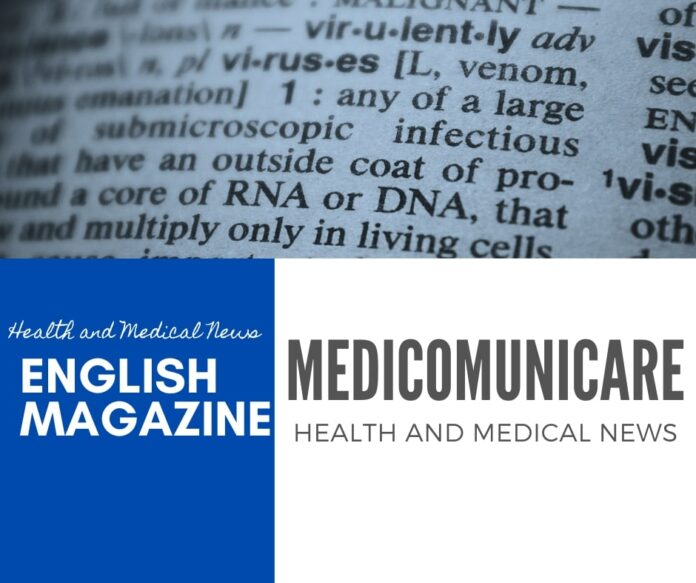Dilated cardiomyopathy (DCM) is a group of disorders defined by weak cardiac muscles. DCM often causes life-threatening complications as the heart struggles to pump blood. According to the American Heart Association, DCM is most likely to strike children and adults younger than 50. The body’s natural response to a weak heart is to force it into overdrive to ensure blood delivery to every corner of the body. In a large subset of patients, DCM is associated with at least one of hundreds of different genetic mutations, offering potential targets for precision treatments tailored to the individual. A research team co-led by scientists at the University of Arizona College of Medicine – Tucson found that an osteoporosis drug might counter a rare genetic mutation underlying this type of heart disease. The results were published today in the Journal of Clinical Investigation and could have implications for treating other rare diseases.
Maybe 30% or 40% of DCM is due to genetic mutation. Drug companies are unlikely to develop a specific drug because there have to be enough mutated patients to make this viable. Unfortunately, some of these mutations are very, very rare – maybe even a handful of patients. Since drug companies are unlikely to invest research dollars to investigate genetic conditions that affect so few people, Dr. Hesham Sadek, MD, PhD, Director at the Sarver Heart Center took another approach: the drug repurposing using FDA-approved drugs. A mutation might bend that protein out of shape and make it unable to work properly in that motor. Pushing the mutant protein back into shape with a small molecule, it is poosible to correct the structure. The team focused on K210del, the first DCM-associated mutation discovered, to investigate how its flawed shape prevents the heart’s motor from running smoothly.
Sadek’s team became the first to create a 3D model of K210del and compare it to its healthy counterpart to identify where it is misshapen and how it interacts with surrounding proteins to slow down the motor. Next, they harnessed the power of supercomputers and artificial intelligence to screen 2,000 FDA-approved drugs to see if any of them were likely to bind to the misshapen protein and nudge it back to its correct position.The top five or six drugs were all used for osteoporosis. After further testing in cell cultures and animal models, they refined the results. Only one of the drugs, risedronate, corrected the protein shape back to normal. For the first time in an animal model, we found an FDA-approved drug that can correct a gene mutation and normalize heart function. Doctor Sadek said that while cancer and cystic fibrosis researchers have taken a similar approach, this is the first time “structure correcting” has been applied to heart disease.
Along with co-senior author Sakthivel Sadayappan, PhD, head of the Department of Cellular and Molecular Medicine at the College of Medicine – Tucson, Sadek plans to continue searching for FDA-approved drugs to treat other rare mutations driving heart disease. If none exist, they can expand the search to include thousands of drugs that never made it to market and, after that, widen the net even further to include billions of molecules that haven’t been previously investigated by scientists.
- Edited by Dr. Gianfrancesco Cormaci, PhD, specialist in Clinical Biochemsitry.
Scientific references
Wang P, Ahmed MS et al. J Clin Invest. 2025; 135(4):e174081.
Shen Q, Yuan Y et al. Front Pharmacol. 2024; 15:1502354.
Shu S, Cui H, Liu Z et al. Metabolism. 2024 Sep; 158:155977.

